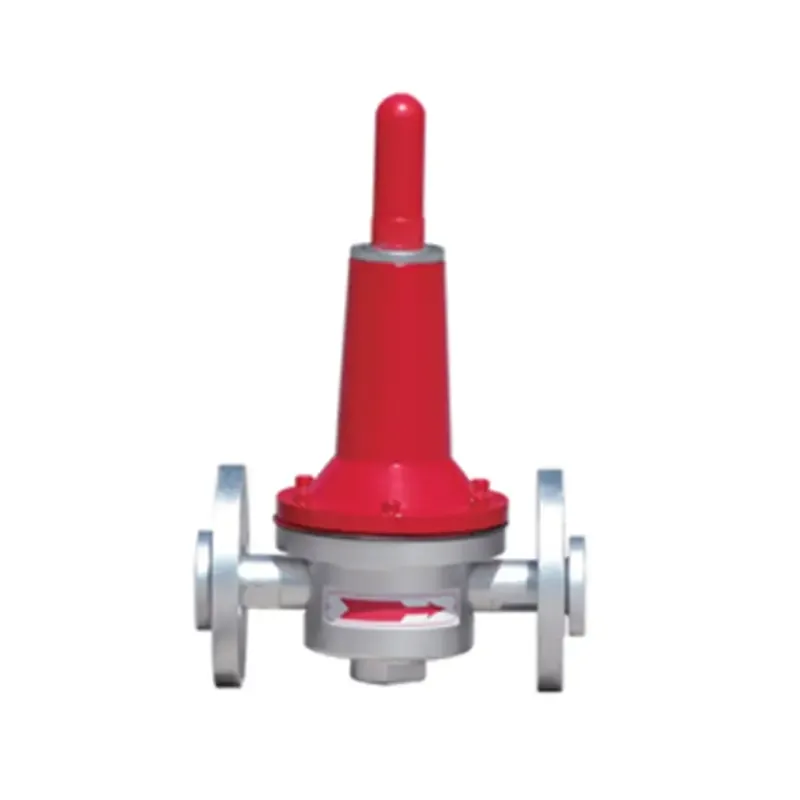
Nov . 10, 2024 02:05
Back to list
Shut-off Valve Functionality and Applications in Fluid Control Systems
The Importance of Shut-off Valves in Industrial Applications
Shut-off valves play a crucial role in various industrial applications by controlling the flow of liquids and gases. In simple terms, a shut-off valve is a device that can completely stop the flow of a fluid through a pipe or system. This essential component is used in various industries, including oil and gas, water treatment, chemical processing, and many others, ensuring safety and efficiency in operations.
Functionality of Shut-off Valves
Shut-off valves are designed to halt fluid flow under specific conditions. They can be operated manually or automatically, depending on the application. Manual shut-off valves require an operator to turn a handle or lever to close the valve, whereas automatic shut-off valves are controlled through electronic systems that can respond to changes in pressure, temperature, or flow rate.
The primary function of shut-off valves is to isolate sections of a pipeline for maintenance and repair. This capability is vital for ensuring the safety of workers and the integrity of the system. In case of a leak or rupture, a shut-off valve can quickly halt the flow of hazardous materials, preventing accidents and minimizing environmental impact.
Types of Shut-off Valves
.
1. Gate Valves These valves are designed to either completely open or completely close the flow. They are not suitable for regulating flow but are ideal for isolation purposes.
صمام الإغلاق

2. Ball Valves Featuring a spherical disc, ball valves provide excellent sealing capabilities and are highly durable. These valves can be opened or closed with a quarter turn, making them easy to operate and ideal for quick shut-off applications.
3. Globe Valves Globe valves are often used for throttling flow, but they can also serve as effective shut-off valves. Their design allows for finer control, making them suitable for applications where gradual flow adjustments are necessary.
4. Butterfly Valves With a rotating disc, butterfly valves can cover a wide range of flow rates and are often used in large pipelines. They are lightweight and require minimal space, which can be advantageous in various installations.
Safety and Maintenance Considerations
The reliability of shut-off valves is critical to the safety of any industrial operation. Improperly functioning valves can lead to catastrophic failures, exposing workers to hazardous materials and causing significant environmental damage. Regular maintenance and testing of these valves are necessary to ensure they operate correctly.
Operators should conduct periodic inspections to check for signs of wear or damage. The seal integrity should be tested to prevent leaks, and any accumulated debris must be cleared to maintain optimal functionality. Additionally, operators should ensure that the actuators and control systems for automatic shut-off valves are functioning correctly, as these components play a crucial role in the overall system’s safety mechanisms.
Conclusion
Shut-off valves are indispensable components in industrial applications, providing essential control over fluid flow and enhancing safety measures within various systems. Their diverse types and functionalities allow them to cater to different operational needs, from isolation during maintenance to preventing environmentally hazardous situations. The regular inspection and maintenance of shut-off valves are paramount to ensuring their reliable operation, ultimately contributing to the safety and efficiency of industrial processes. As industries continue to evolve, the role of shut-off valves will remain vital, highlighting their importance in modern engineering and safety practices.
Latest news
-
Safety Valve Spring-Loaded Design Overpressure ProtectionNewsJul.25,2025
-
Precision Voltage Regulator AC5 Accuracy Grade PerformanceNewsJul.25,2025
-
Natural Gas Pressure Regulating Skid Industrial Pipeline ApplicationsNewsJul.25,2025
-
Natural Gas Filter Stainless Steel Mesh Element DesignNewsJul.25,2025
-
Gas Pressure Regulator Valve Direct-Acting Spring-Loaded DesignNewsJul.25,2025
-
Decompression Equipment Multi-Stage Heat Exchange System DesignNewsJul.25,2025

